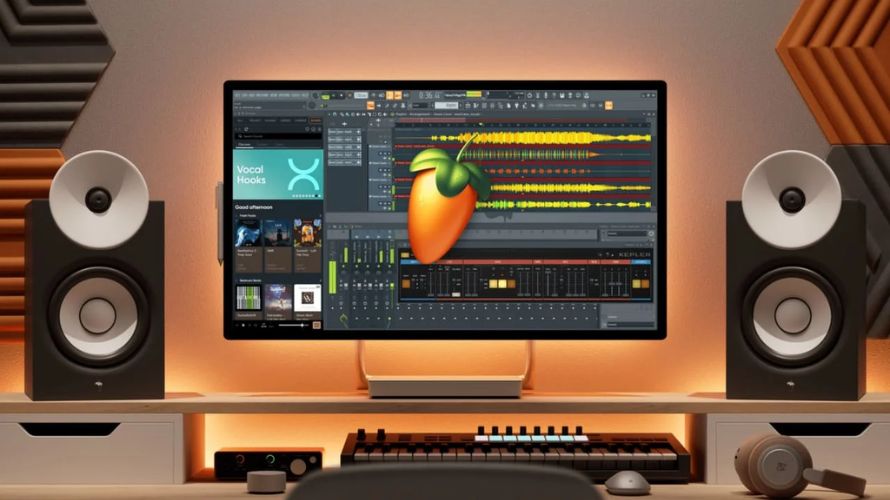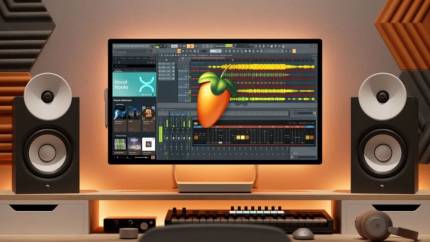FL Studio Audio Routing: Connecting Your Instruments
- 31 January 2025

Audio routing in FL Studio is an essential skill for any music producer. It allows you to send audio signals between different tracks, instruments, and effects, creating a seamless flow of sound throughout your project. Whether you’re using FL Studio for PC, FL Studio on Mac, or the free FL Studio version, understanding audio routing is key to achieving a professional mix. In this article, we’ll explore the basics of audio routing in FL Studio and how to connect your instruments and effects.
Understanding Audio Routing in FL Studio
In FL Studio, audio routing refers to the process of sending audio signals from one track or instrument to another. This is often done in the Mixer, where each track can be routed to a different mixer channel. Once you get FL Studio for free, you can start experimenting with audio routing to create complex effects chains and mix multiple sounds together. By routing different tracks to a common bus or effects chain, you can apply global effects like compression or reverb to multiple tracks at once.
- Route audio from instruments to mixer tracks for processing
- Use busses to apply common effects to multiple tracks
- Experiment with routing for complex sound design
- Automate routing changes for dynamic sound effects
Using FL Studio Free Version with Audio Routing
Even with the free version of FL Studio, you can make full use of the audio routing features. While some advanced effects or features may be locked in the free version, the basic audio routing tools remain available. After you download FL Studio for free, start by experimenting with routing your instruments to different mixer tracks and apply effects like EQ or reverb. This will give your track depth and complexity while helping you control the flow of audio in your mix.
Advanced Audio Routing Techniques in FL Studio
Once you’re comfortable with the basics of audio routing, you can explore advanced techniques such as side-chain compression or parallel processing. Side-chain compression allows you to create the classic pumping effect by routing an audio signal to a compressor, which then reduces the volume of another track based on that signal. Parallel processing allows you to combine dry and wet signals for more creative effects. These techniques help you create professional-sounding mixes and are essential for electronic music production.
Conclusion
Audio routing is a powerful feature in FL Studio that allows you to connect your instruments and effects to create a dynamic, professional mix. Whether you’re using FL Studio free version, FL Studio for Windows, or FL Studio mobile, the audio routing options remain versatile and user-friendly. Mastering this feature will enable you to create more complex arrangements and sound designs.

